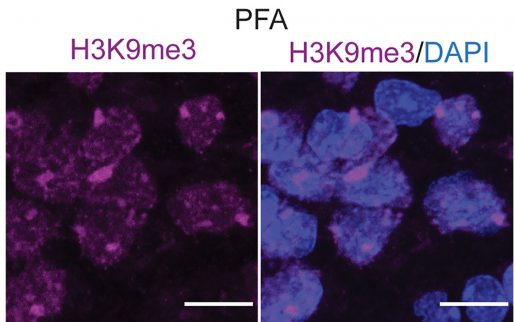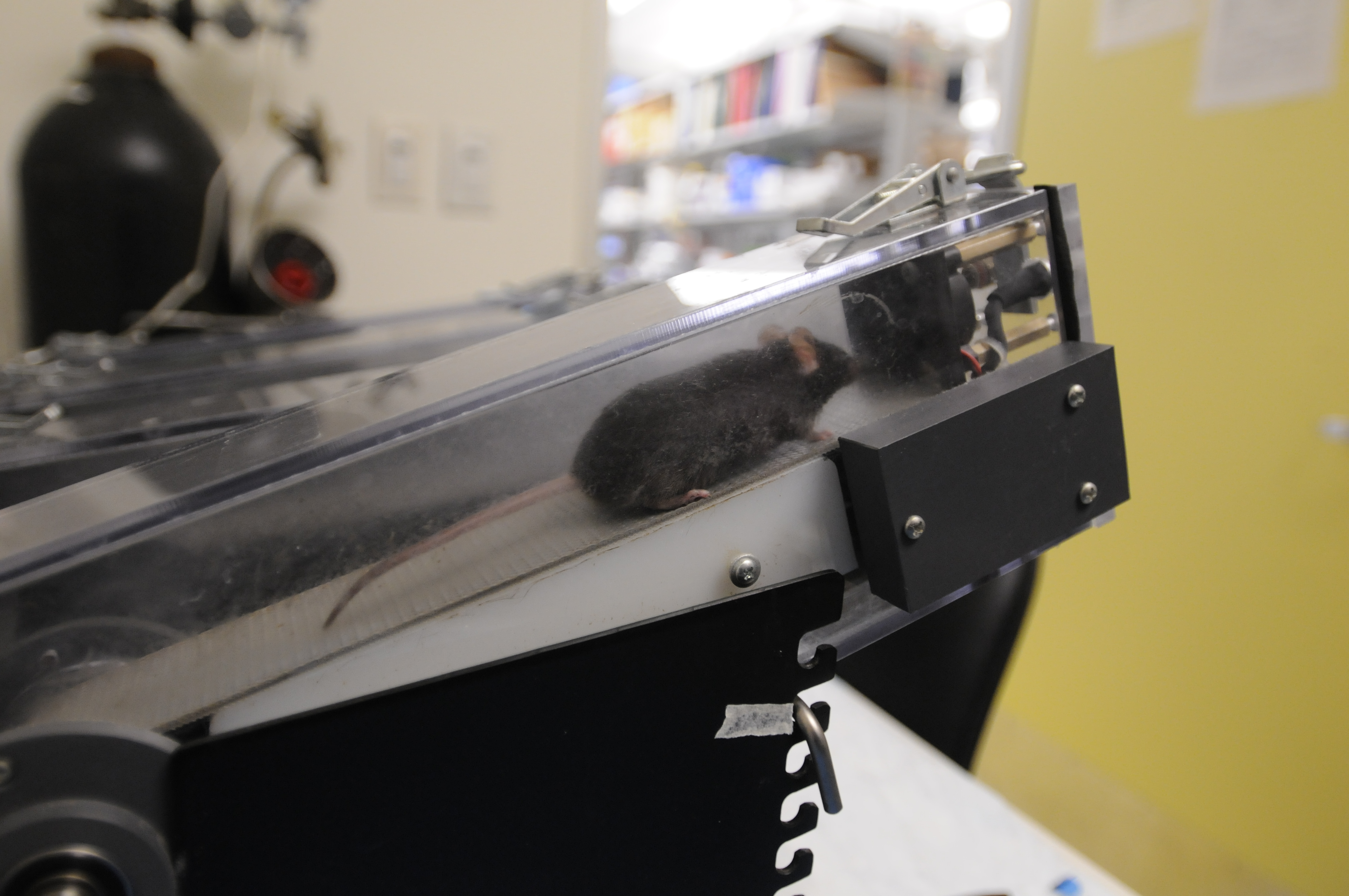TULIPs in brain tumors could be exploited therapeutically

Researchers have identified unique 3-dimensional features called TULIPs in the genome of posterior fossa group A (PFA) ependymoma, a difficult-to-treat brain tumor diagnosed in very young children. The findings, published in Cell by a team of researchers at Baylor College of Medicine, Texas Children’s Hospital, McGill University and collaborating institutions, could lead to the development of new treatments.

“PFA ependymomas are lethal. Radiation therapy, the only treatment currently available, is not curative and can cause serious developmental and cognitive issues,” said co-corresponding author Dr. Marco Gallo, associate professor of pediatrics, hematology-oncology at Baylor and Texas Children’s. “One of the reasons for the little progress in the development of effective treatments for PFA is that most of these tumors lack clear genetic mutations driving their growth. Without a clear therapeutic target against which we could design specific treatments, we took another approach and investigated the DNA packaging inside the nucleus of the cell.”
It’s all in the packaging
Every cell in the body has about 2 meters (6.6 feet) of linear DNA that is stored in its nucleus in a manner that enables the cell to easily access the genes it uses most often while setting aside those used less frequently. This would be like organizing a closet with the clothes most frequently used at the front and those rarely worn on the back. To fit in the tiny nucleus, the long DNA molecules are folded, twisted and looped, which results in specific 3D conformations, some tighter, some more relaxed, that can ultimately help the cell express the genes needed to do its job.

Very little is known about how pediatric brain tumor cells organize their genomes in 3D. “In this study, we used Hi-C technology to profile the 3D architecture of entire genomes of pediatric PFA ependymomas and compared them with those of different tumor types and non-malignant tissues,” said Dr. Michael D. Taylor, co-senior author of the study and professor of pediatrics, hematology – oncology and neurosurgery at Baylor and Texas Children’s. He also is the Cyvia and Melvyn Wolff Chair of Pediatric Neuro-Oncology at Texas Children’s Cancer and Hematology Center.
We discovered PFA ependymoma-specific 3D genome features that recur at predictable genomic locations. Interestingly, these features are not present in other types of pediatric brain cancer. We call them TULIPs, which stands for Type B Ultra-Long Interactions in PFAs.”
TULIPs are specific regions of very tightly compacted, thus hard to access, DNA, a sign that the cell may not use the genes in that region often. “TULIPs also tend to interact with each other over very long distances. TULIPs at opposite ends of a chromosome can find ways to interact with surprising strength,” Gallo said. “TULIPs on different chromosomes can also converge and strongly interact with each other. We also found that the DNA in regions outside TULIPs appears more relaxed. This is important because TULIPs are linked to the cell’s function.”

TULIPs carry a chemical tag, specifically a methyl group on histone H3K9, a protein associated with DNA. “We found that inhibiting the tagging of H3K9 in PFA patient-derived cultures leads to weaker interactions between TULIPs and an overall decrease in PFA ependymoma cell survival,” Gallo said.
Collectively our data indicate that aggregation of TULIPs in the 3D nuclear space of PFA cells depends on the maintenance of robust levels of methylated H3K9 histones, and that TULIP interactions are important for PFA cell viability, opening new potential venues for treatments.”
“The mechanism by which TULIPs mediate cancerous behavior is not entirely understood,” Gallo said. “Our goal is to further investigate how TULIPs arise and influence PFA ependymoma development. The uniqueness of TULIPs in these high-risk tumors has motivated us to investigate treatment strategies directed at them to promote tumor elimination.”
Other contributors to this work include Michael J Johnston, John JY Lee, Bo Hu, Ana Nikolic, Elham Hasheminasabgorji, Audrey Baguette, Seungil Paik, Haifen Chen, Sachin Kumar, Carol CL Chen, Selin Jessa, Polina Balin, Vernon Fong, Melissa Zwaig, Antony MichealRaj, Xun Chen, Yanlin Zhang, Srinidhi Varadharajan, Pierre Billon, Nikoleta Juretic, Craig Daniels, Amulya Nageswara Rao, Caterina Giannini, Eric M Thompson, Miklos Garami, Peter Hauser, Timea Pocza, Young Shin Ra, Byung-Kyu Cho, Seung-Ki Kim, Kyu-Chang Wang, Ji Yeoun Lee, Wieslawa Grajkowska, Marta Perek-Polnik, Sameer Agnihotri, Stephen Mack, Benjamin Ellezam, Alex Weil, Jeremy Rich, Guillaume Bourque, Jennifer A Chan, V Wee Yong, Mathieu Lupien, Jiannis Ragoussis, Claudia Kleinman, Jacek Majewski, Mathieu Blanchette and Nada Jabado. Find the authors’ affiliations in the publication.
This work was supported by a Large-Scale Applied Research Project grant from Génome Quebec, Genome Canada, the Government of Canada and Ministère de l’Économie et de l’Innovation du Québec, with the support of the Ontario Research Fund through funding provided by the Government of Ontario. Further support was provided by Brain Canada Foundation through the Canada Brain Research Fund, Health Canada and the Azrieli Foundation through an Azrieli Future Leader in Canadian Brain Research grant, Canadian Institutes of Health Research (CIHR) project grants (PJT-156278 and PJT-173475), a CIHR postdoctoral fellowship and a Canada Research Chair and Texas Children’s Hospital.
Follow From the Labs on X @BCMFromtheLabs and Instagram!



